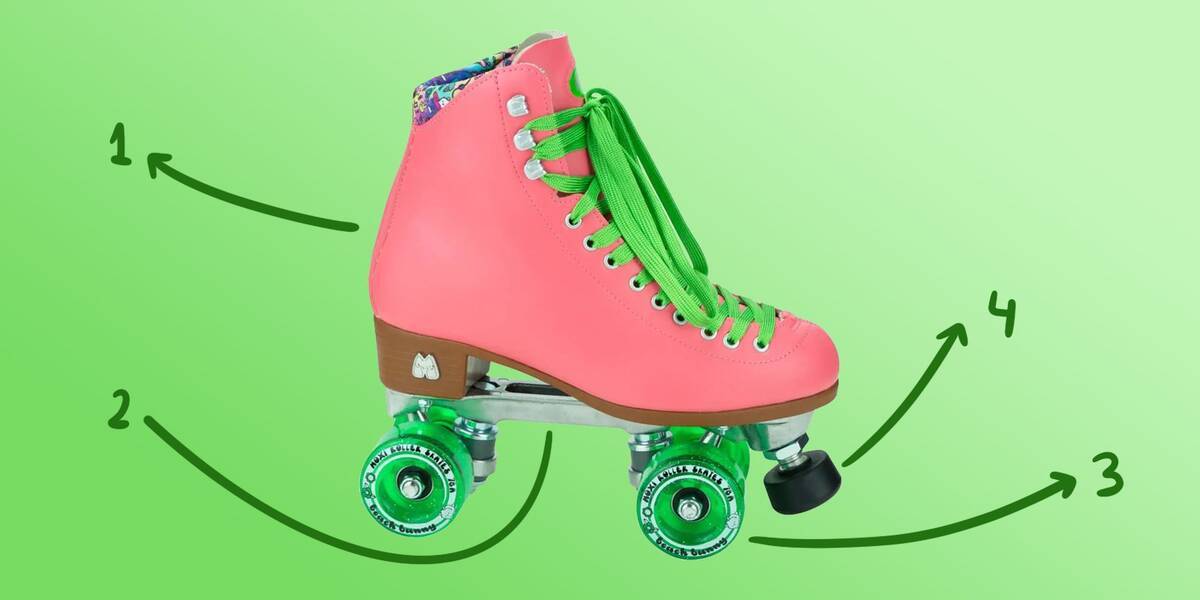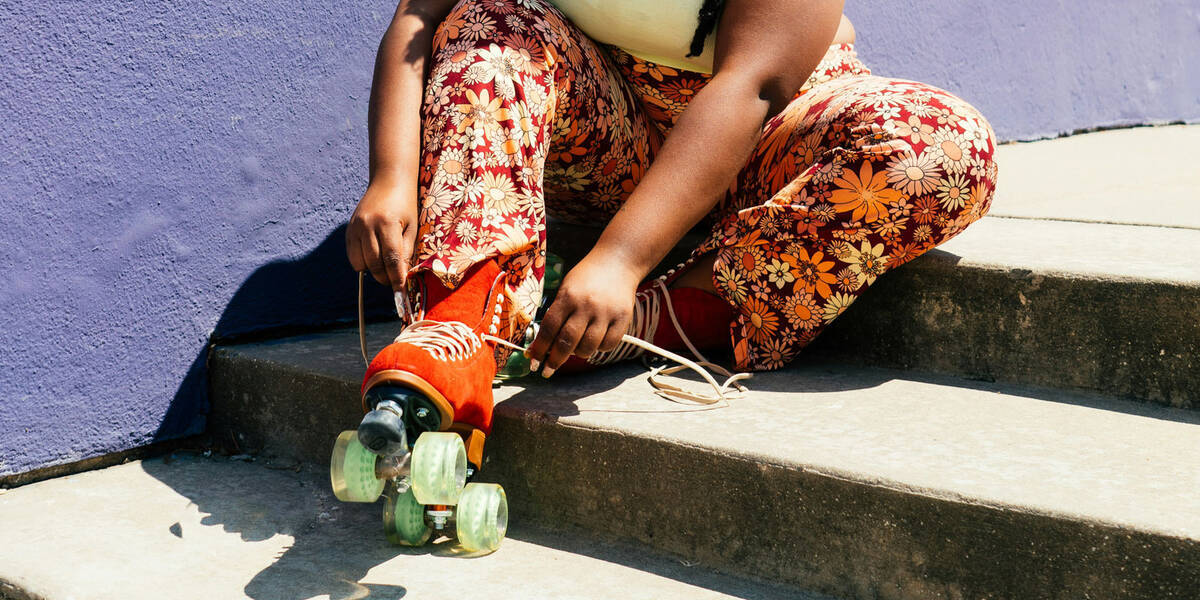Purchasing the Finest Roller Skates for Beginners

When selecting the ideal roller skates for novices, comfort and stability are paramount for an enjoyable skating journey. To assist you in navigating the myriad choices, we've curated this guide with our top suggestions for picking your first roller skates. Herein lies all the necessary details.
Overview
Overview
What Considerations Should Beginners Make When Selecting Roller Skates?

- Boot
- plate/truck
- Wheels
- Toe stop
For those new to skating, obtaining skates that offer comfort is crucial to prevent frustration during the learning phase. Opt for skates with softer wheels to mitigate surface vibrations, enhancing control. Be mindful that larger wheels may render handling more difficult. It's wise to choose roller skates offering ample ankle support, cushioned liners, and soft wheels that fit perfectly.
Equipped with these attributes, you will be prepared to take on quad skating proficiently:
- Ankle Support: A high boot supplies superior ankle support and steadiness, vital for beginners.
- Comfortable Liners: Select roller skates with padded foam liners to guarantee comfort during use.
- Wheels: Soft wheels (typically around 78A-85A durometer) afford enhanced grip and a smoother ride, making them suitable for novices. A wheel diameter of 54 mm to 58 mm serves as a great introductory size, with smaller wheels being simpler to manage.
- Toe Stop: A strong toe stop is critical for safety and control.
For a view of our complete beginner roller skate selection, follow the link below and filter by "skill level":
What is the Correct Way to Determine the Size of Beginner Roller Skates?

Determining the correct roller skate size isn't necessarily as straightforward as simply selecting according to your shoe size. Skate sizes may differ across models and brands, so accurately measuring your foot is crucial before choosing a size. This allows for an exact comparison between your foot's measurement and the specific skate model's size chart.
Should you find yourself between sizes, opt for the larger one.
Ensure accuracy by following these foot measurement steps:
- Stand on a firm, level surface.
- Place a piece of paper flat against a wall.
- Stand with your heel against the wall and foot flat on the paper.
- Mark the extremity of your longest toe on the paper.
- Measure the reach from the wall or edge of paper to your mark.
- Measure both feet, using the larger measurement for skate size selection.
By following these guidelines, you guarantee a perfect fit, enhancing comfort and enjoyment in your roller skating endeavour.
How Should Roller Skates Fit Properly?

Roller skates should envelop your foot comfortably without being tight. Incorrectly fitting skates can lead to discomfort and potential injuries. Novices should select skates providing efficient ankle support with secure laces ensuring a snug embrace around the ankle.
Think about these aspects when trying on your first skates:
- Break-In Period: Generally, it requires some time for new roller skates to become accustomed. Roller skates with foam padded liners are usually comfortable with minimal delay.
- Toe Space: Your toes should be near the front of the skate, but not touch the front. Leave enough room to move your toes slightly.
- Ankle Support: Skates should offer lateral ankle support, allowing for forward knee and ankle bending.
- Laces: Lacing methods are intricate. For beginners, it's sufficient to ensure your laces are firm, but not so tight as to cause discomfort.
The Role of Toe Stops on Roller Skates

Toe stops on roller skates are vital elements that facilitate speed control and stopping ability. Found at the front of each skate, they are utilised in brake techniques by producing friction with the ground. They also aid in complex footwork by enhancing stability and control, akin to toe picks on ice skates.
They're essential for safety, enabling skaters to manoeuvre on their front foot, thus allowing navigation up stairs or across challenging surfaces. Overall, toe stops significantly contribute to both performance and safety in roller skates.
Explore our extensive range here:
Braking Techniques for Roller Skating
Braking is a crucial skill for those new to quad skating, with several techniques to learn. As a beginner, mastering effective braking is key.
A fundamental braking technique is the t-stop, which involves dragging one leg behind at a right angle to the other skate. It's important to execute this method using the outer wheels to create friction rather than the inner wheels. Using the outer wheels for T-stops yields a smoother result.
As you progress, you'll learn to stop by pivoting 180 degrees to skate backwards, followed by pressing forward onto your toe stops. Discover more about this here:
Essential Protective Gear for Roller Skating

Ensuring safety while roller skating involves wearing the correct protective gear. Here's what you require before embarking on your roller skating journey:
- Helmet: A well-fitted helmet is indispensable for protecting your head from severe injuries.
- Wrist Guards: These support and cushion your wrists, helping to avert injuries from falls.
- Knee Pads: Knee pads shield against scrapes, bruises, and fractures.
- Elbow Pads: Protect your elbows from impacts and abrasions.
Utilising protective gear minimises injury risk, leading to a safer, more satisfying roller skating experience. We advise all novices to invest in protective pads and a helmet with their first skate purchase. Incorporating protective gear is a critical component of enjoying roller skating with peace of mind!
